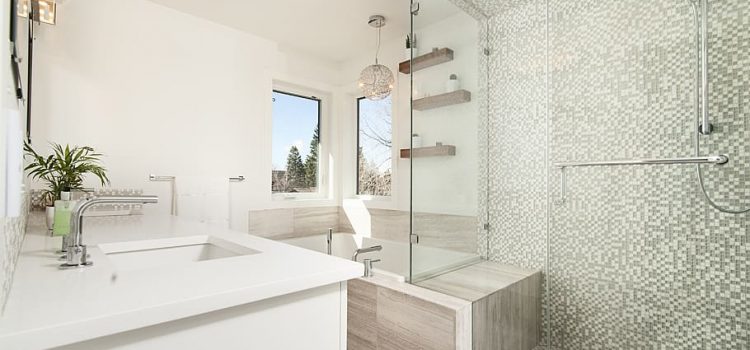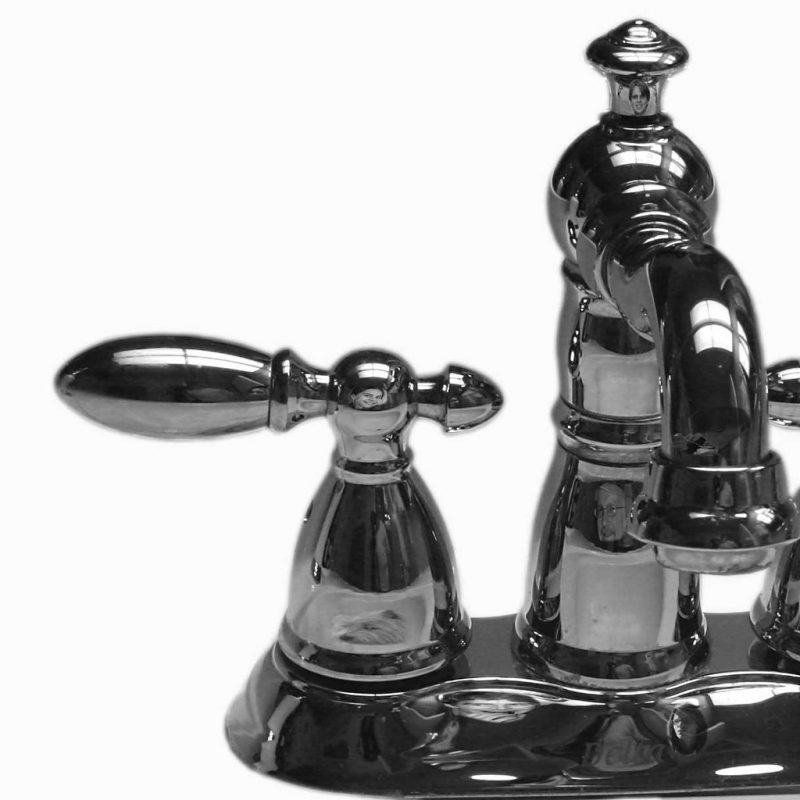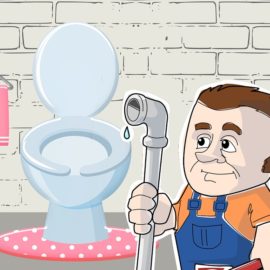
Home Plumbing: Choosing the Tray, Faucets, and Enclosures
This new post presents all the information you need to know for choosing the essential elements of your shower: the shower tray to be installed or embedded, the faucets with the mixer and the showerhead, and finally, the different solutions for closing your shower space.
Contents
– Which tray for your shower?
– Which faucets to choose for your shower?
– How to close your shower space?
Which tray for your shower?
A shower tray is the fundamental element of the shower. It can be installed, tiled, or embedded to receive and evacuate water. It also exists in various dimensions, formats, and materials.
Types of shower tray
The choice of shower tray depends on the type of shower selected:
– to lay down for a classic shower;
– to be tiled or embedded for a walk-in shower.
As for the shower enclosure, manufacturers generally offer it in kit form, but you can also customize your enclosure by choosing the elements separately. The shower tray will be the same as for a classic shower: to be placed, most often in acrylic.
Dimensions, shape, and material of the shower tray
The shower tray comes in different shapes and sizes: square, rectangular, or quarter circle. For the materials, you can choose between ceramic (easy to maintain), acrylic (light but more expensive), or resin, which is very resistant but quite expensive.
Which faucets to choose for your shower?
Faucets are subject to many stresses. If you want it to last over time, pay close attention to the quality of the materials you choose.
Mixer or faucet?
The mixing faucet has two handles, one for cold water, the other for hot water. It is the simplest and least expensive faucet. However, except in an “old-fashioned” bathroom, today’s bathrooms are most often equipped with mixing valves.
There are two types of mixing valves: classic and thermostatic. The traditional mixing valve has a single lever that regulates the water flow, and temperature and the thermostatic mixer guarantees a constant temperature.
The other elements of the faucet
The showerhead, connected to the faucet by the flexible hose, can be hand-held or fixed high in the shower as a rain shower. There are two main models: the simple showerhead with a single type of jet and the showerhead with a pivoting head with several jets: soft, massaging, pulsating, rain…
The shower hose connects the showerhead to the faucet. Its trimming varies from 120 cm to 200 cm. It undergoes regular twisting and must therefore be chosen with care. Metal, plastic: find out which materials are the most resistant.
The shower column: the all-in-one faucet

The shower column includes a mixer, hand, and ceiling/flush mount shower head exposed or built-in, and a flexible hose.
How to close off your shower space?
The open shower is trendy and offers the sensation of having a spacious bathroom, but it is not necessarily the most comfortable. Indeed, closing your shower allows you to protect your bathroom from splashes and drafts.
The wall and door system
The most aesthetic solution for enclosing your shower is to use a shower panel/door system. Depending on the type of installation, you will only need a door or a door and one or two enclosures. They are available ready to assemble but also custom-made for specific configurations.
Another option: the shower curtain
The shower curtain is less aesthetic and efficient than the shower screen or door, but it is also less expensive and easier to install.
It is installed between two walls on a bar that can be straight, curved, or circular. Be careful with the choice of material, which must be waterproof and treated against mold.




Pingback:Choosing the Right Shower Mixer Faucet - Plumbers services